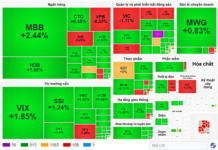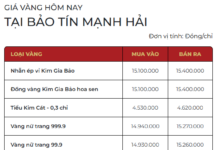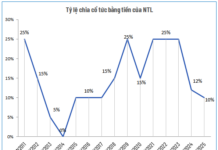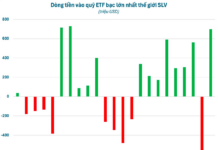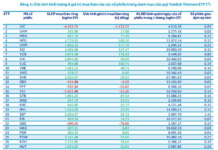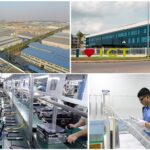
According to data released by the Ministry of Trade and Industry (MTI) on October 14, Singapore’s economy grew by 2.9% in Q3 2025, a slowdown from the 4.5% growth recorded in Q2 2025.
Japan’s Mitsubishi UFJ Financial Group noted that while this growth rate is lower than the previous quarter, it reflects a robust performance amid challenging global trade conditions, largely due to a high base effect from the previous year.
Breaking down the sectors, MTI’s data revealed that Singapore’s manufacturing sector stagnated in Q3 2025, decelerating from the 5% growth in the previous quarter. This was attributed to lower output in biomedical and precision engineering clusters, despite growth in other manufacturing segments. However, on a quarter-on-quarter seasonally adjusted basis, manufacturing expanded by 6.1%, reversing the 0.7% decline in Q2 2025.
The accommodation and food services, real estate, administrative and support services, and other service sectors grew by 4.1% year-on-year, up from 4% in the previous quarter.
In a separate statement, the Monetary Authority of Singapore (MAS) reported that the economy expanded by 3.9% in the first three quarters of 2025, outpacing the same period last year. MAS expects the output gap to remain positive throughout the year. However, the central bank cautioned that GDP growth is likely to moderate in the coming quarters as trade-related activities normalize.
MAS highlighted that continued global investment in artificial intelligence will partially support domestic manufacturing. Meanwhile, growth in construction and financial services is expected to be driven by infrastructure investment and favorable financial conditions. MTI will release updated official forecasts for 2025 and 2026 in November.
Turning to Vietnam, data from the General Statistics Office (Ministry of Finance) showed that the country’s GDP in Q3 2025 is estimated to have grown by 8.23% year-on-year, second only to the 14.38% growth recorded in the same period in 2022 during the 2011-2025 timeframe. Agriculture, forestry, and fisheries grew by 3.74%, contributing 5.04% to the overall value-added increase; the industrial and construction sector grew by 9.46%, contributing 46.41%, with manufacturing as a standout performer at 9.98%; and the service sector grew by 8.56%, contributing 48.55%.
Vietnam’s Industrial Ascendancy: Transitioning from Manufacturing Hub to Innovation Leader
Vietnam’s industrial landscape is undergoing a remarkable transformation. Once defined by assembly and outsourcing, the nation is now emerging as a hub of technological mastery and product innovation.
Positive Signals from Vietnam’s Manufacturing Sector: Will the Year-End Production Outlook Brighten?
The latest report from S&P Global reveals that business conditions in Vietnam’s manufacturing sector continued to improve slightly in September, driven by a resurgence in new orders.



